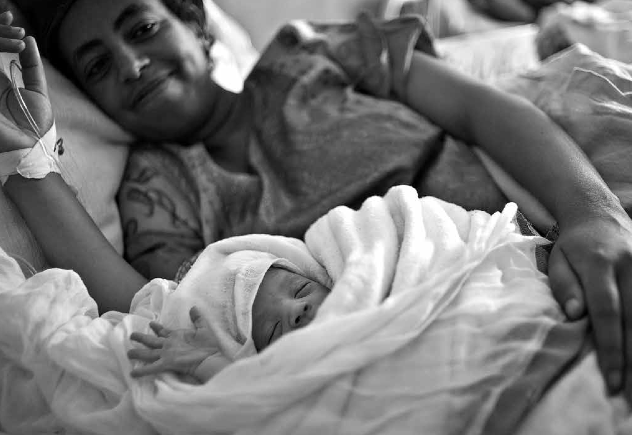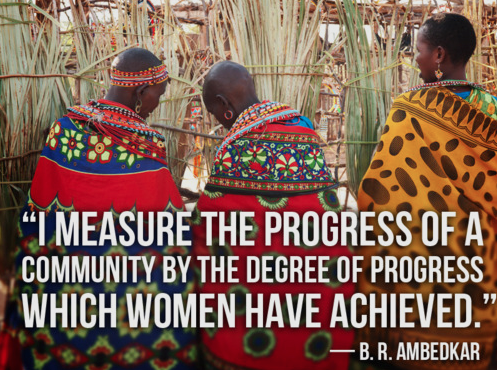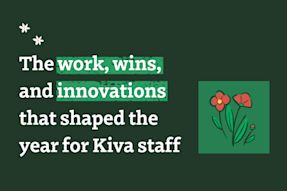Just in time for Mother’s Day, Save the Children has published its 14th annual State of the World’s Mothers report -- defining the best and worst places in the world to be a mother.
In this year’s report, 176 countries were ranked based on the well-being of mothers and children. Their health, educational, economic, and political status were all taken into consideration.
Conditions in these bottom countries are grim -- on average 1 in 30 women die from pregnancy-related causes and 1 in 7 children die before their fifth birthday. Such formidable statistics are disheartening, but luckily our society is now more educated than ever on the issue and we are realizing that we are more than capable of tackling the problem.
Since 1990, the world has made unprecedented progress in reducing maternal and child mortality. Maternal deaths have declined almost 50% since 1990, and deaths of children under 5 have decreased over 40%.
Women and child deaths are slowing, but newborn deaths have not received ample attention. Why? Until recently, many believed that little could be done to save newborn lives in the poorest countries. But according to this year’s report, we already have the tools available to end about three-quarters of newborn deaths every year (which is currently about 3 million) and all of them are cost-effective.

The report layed out 5 recommendations to combat the problem:
- Address the underlying causes of newborn mortality, especially gender inequality.
- Invest in health workers -- especially those working on the front lines -- to reach the most vulnerable mothers and babies.
- Invest in low-cost, low-tech solutions that health workers can use to save lives during pregnancy, at birth, and immediately after birth.
- Strengthen health systems and address demand-related barriers to access and use of health care services.
- Increase commitments and funding to save the lives of mothers and newborns.
Kiva is proud to work in 5 of the bottom 10 places to be a mother -- the places where opportunity and resources are needed most.
Remember that the state of the world’s mothers is really about the state of the world overall. Make a Kiva loan today and bring us one stop closer to a world where every place is a safe place to be a mother. Or consider giving a Kiva Card for Mother's Day to help someone else do the same.
Want to help a woman in one of those bottom 10 countries? Click here to filter loans to women in Côte d'Ivoire, Nigeria, Mali, Sierra Leone, and the Democratic Republic of the Congo.

Click here to download the whole report from Save the Children.
PREVIOUS ARTICLE
Passport Series: Rwanda overcomes a brutal history & paves the way for gender equality →NEXT ARTICLE
What Mother's Day means for Kiva Partners: Perspectives from Cambodia →














